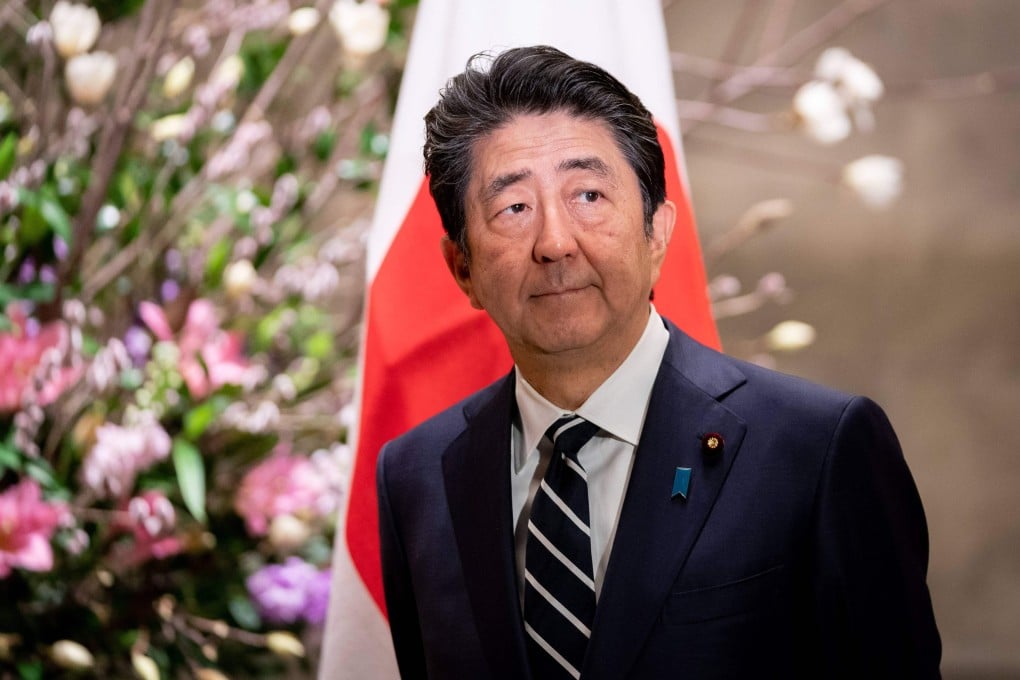Advertisement
Shinzo Abe: a political titan who shaped Japan’s policies on China, defence, economy
- His eight-year stint as Japan’s PM was the longest uninterrupted tenure for a post-war leader, and his influence in the ruling LDP continued even after he stepped down
- Abe helped to reinvigorate the Quad, a bloc that aims to counter China’s rising influence, and led the revival of the CPTPP after the US left
Reading Time:3 minutes
Why you can trust SCMP
30

Former Japanese prime minister Shinzo Abe was the youngest prime minister when at 52 he was first elected head of the Liberal Democratic Party and took office in 2006.
The premiership ended the following year due to bad ulcerative colitis illness, but he bounced back to capture the top spot in 2012 and only stepped down in 2020, again citing similar health reasons.
The eight-year stint was the longest uninterrupted tenure for a post-war Japanese leader.
Advertisement
With his backing, his successor Yoshihide Suga took over as prime minister, a feat which could otherwise not have been possible as Suga, who belonged to no faction, could not have garnered enough votes to win the LDP presidency and the premiership.
Though no longer helming the premiership, Abe continued to make his presence felt in domestic and regional issues as the leader of a powerful LDP faction.
Advertisement
Advertisement
Select Voice
Choose your listening speed
Get through articles 2x faster
1.25x
250 WPM
Slow
Average
Fast
1.25x
